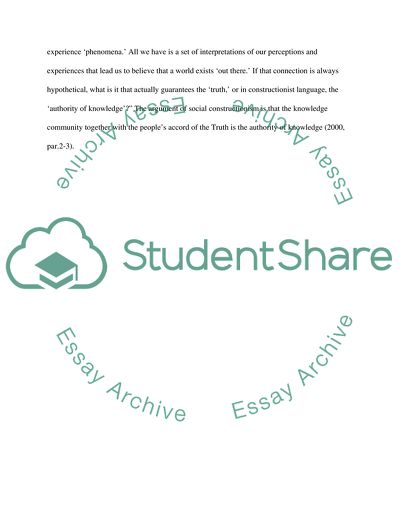Cite this document
(Subjective and Personal Truth Essay Example | Topics and Well Written Essays - 3000 words, n.d.)
Subjective and Personal Truth Essay Example | Topics and Well Written Essays - 3000 words. Retrieved from https://studentshare.org/social-science/1733858-final-proj-ect-explanation
Subjective and Personal Truth Essay Example | Topics and Well Written Essays - 3000 words. Retrieved from https://studentshare.org/social-science/1733858-final-proj-ect-explanation
(Subjective and Personal Truth Essay Example | Topics and Well Written Essays - 3000 Words)
Subjective and Personal Truth Essay Example | Topics and Well Written Essays - 3000 Words. https://studentshare.org/social-science/1733858-final-proj-ect-explanation.
Subjective and Personal Truth Essay Example | Topics and Well Written Essays - 3000 Words. https://studentshare.org/social-science/1733858-final-proj-ect-explanation.
“Subjective and Personal Truth Essay Example | Topics and Well Written Essays - 3000 Words”, n.d. https://studentshare.org/social-science/1733858-final-proj-ect-explanation.


